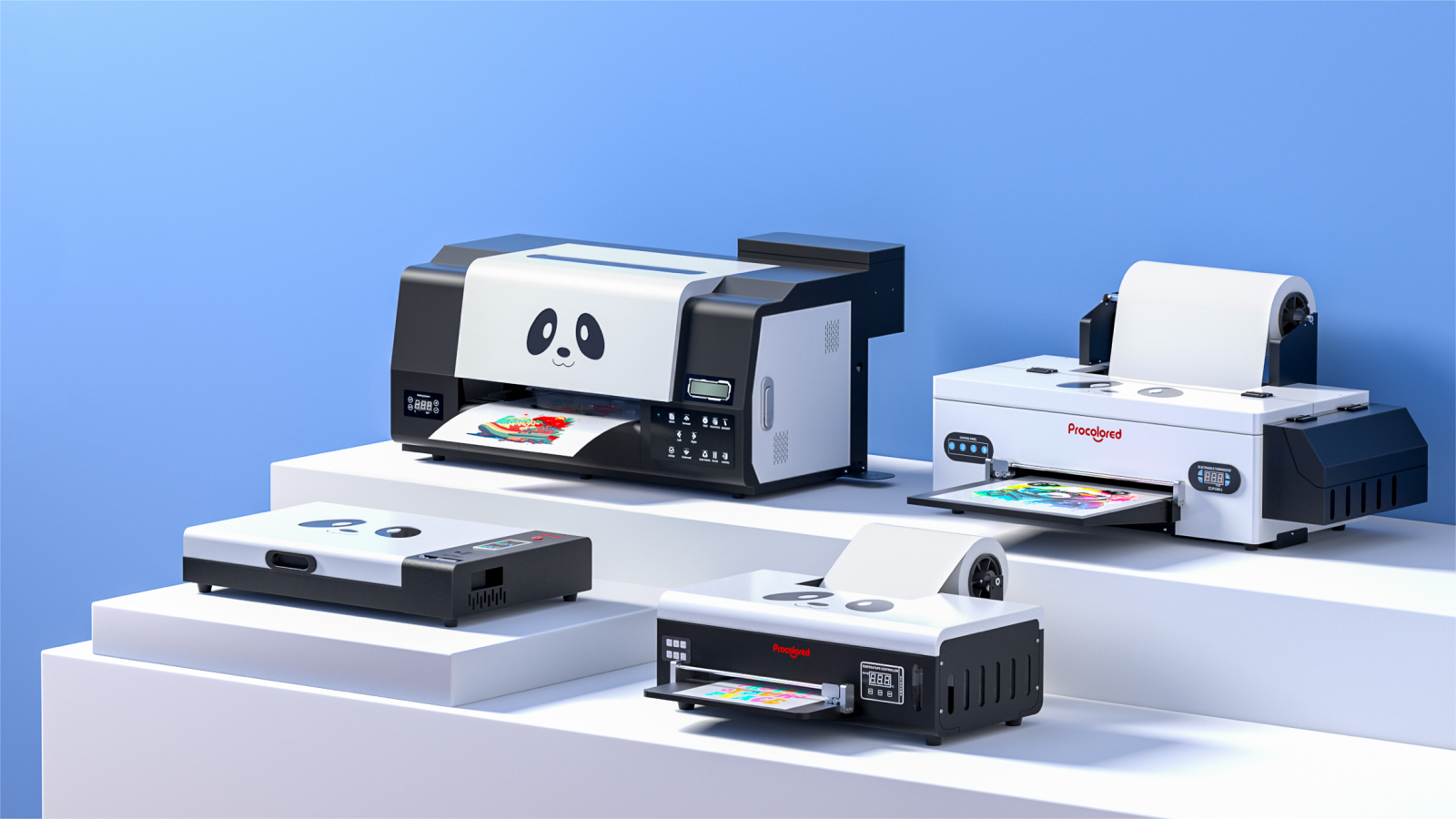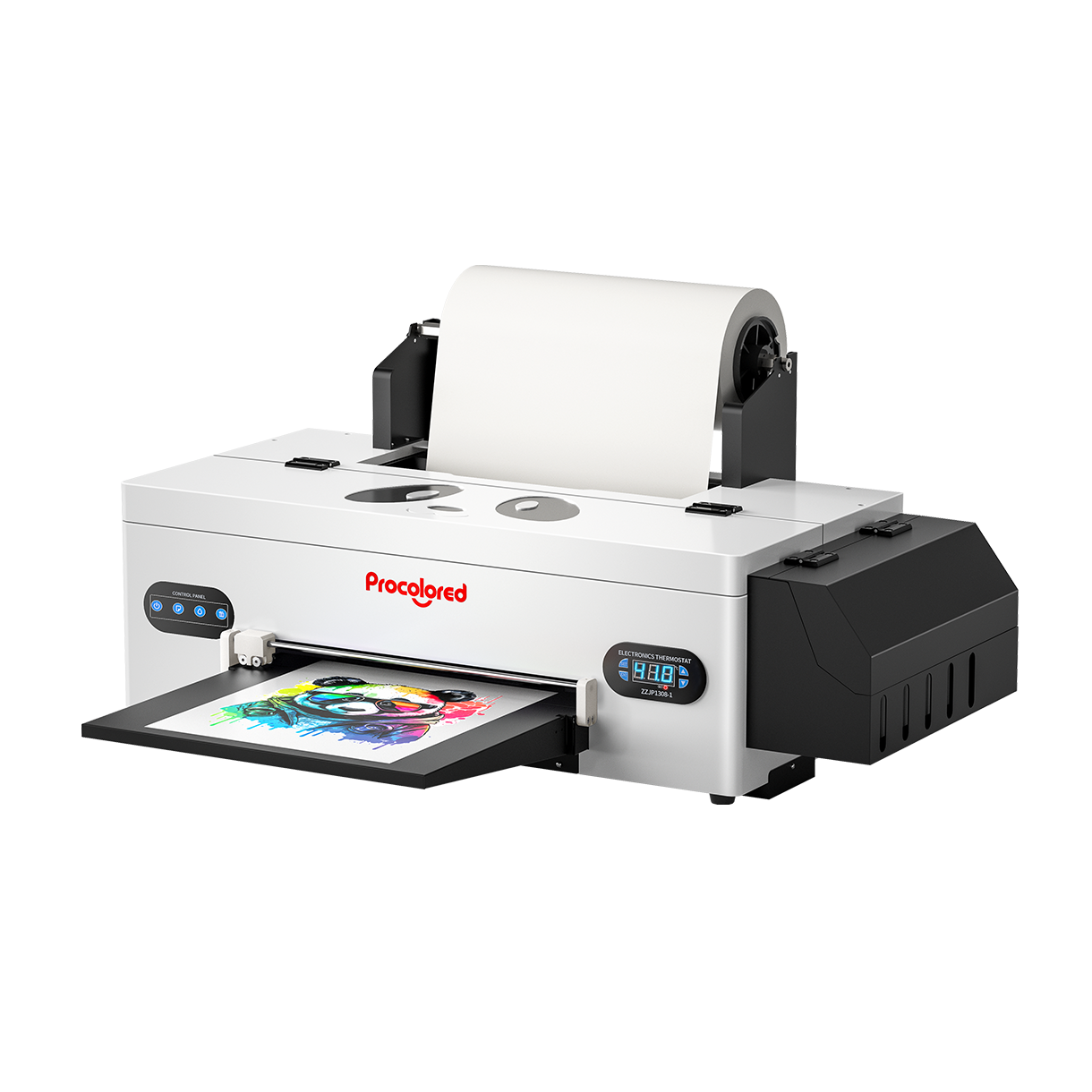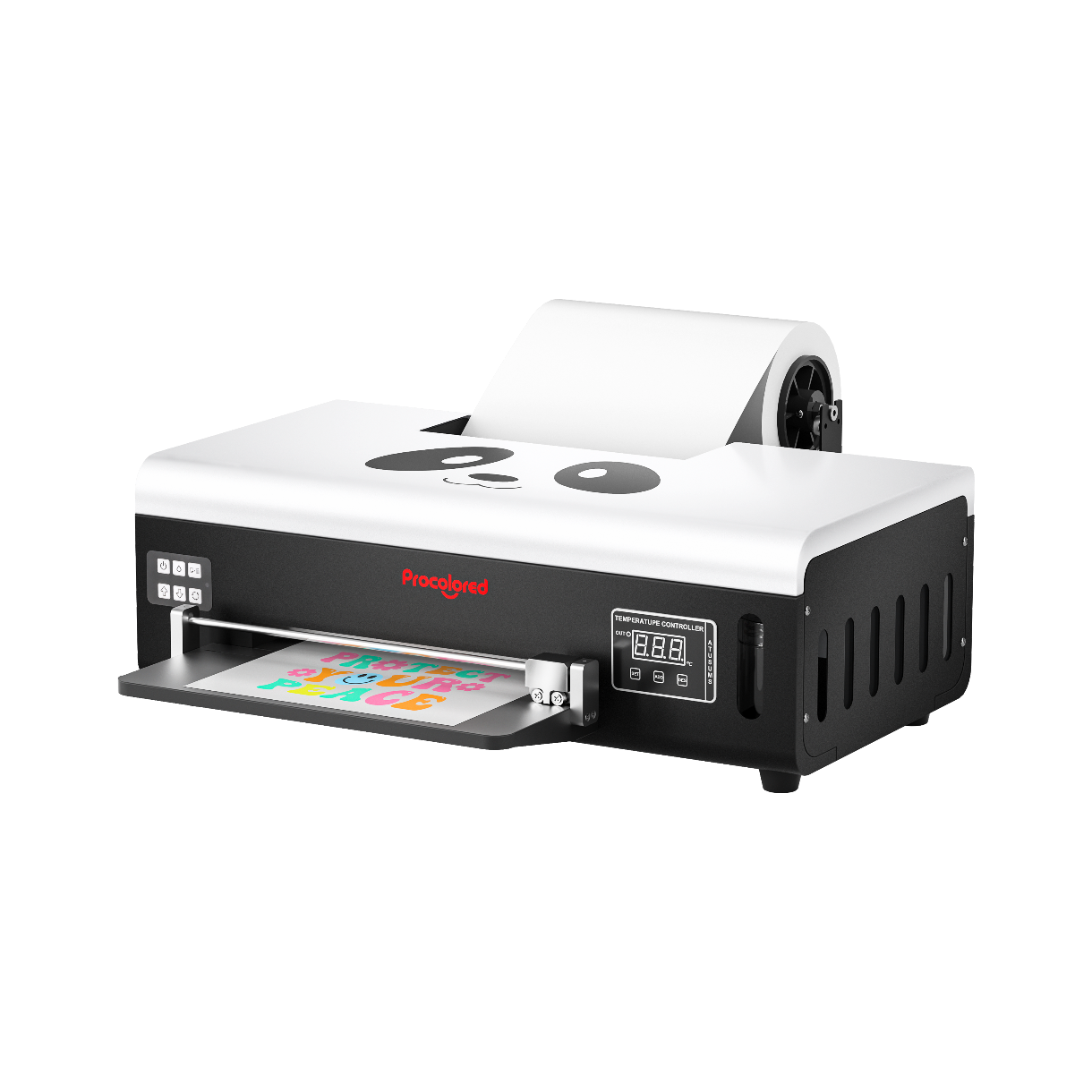Table of Contents
Understanding the Basics of Sublimation vs. DTF Printing
A. What Is Sublimation Printing?
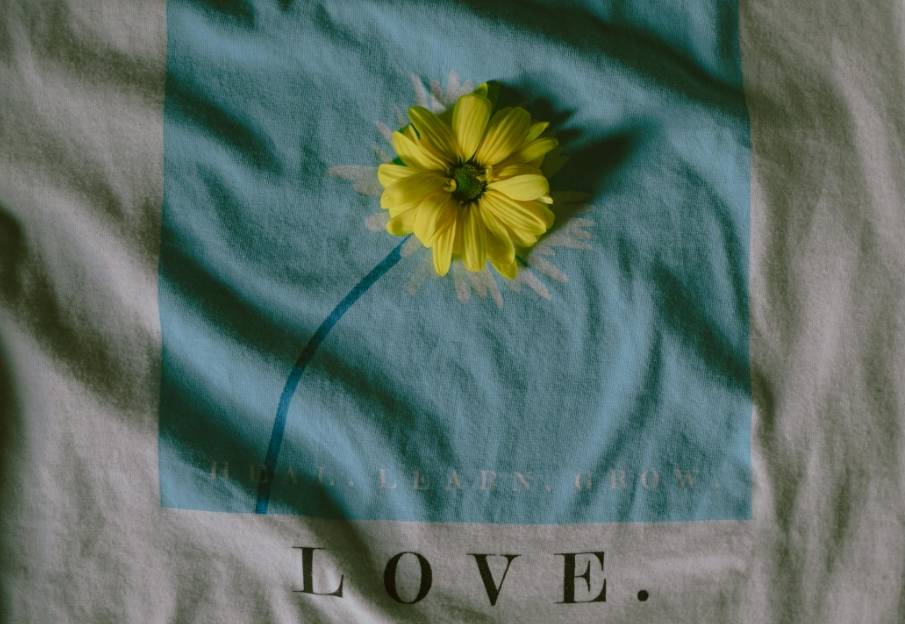
B. What Is DTF (Direct-to-Film) Printing?
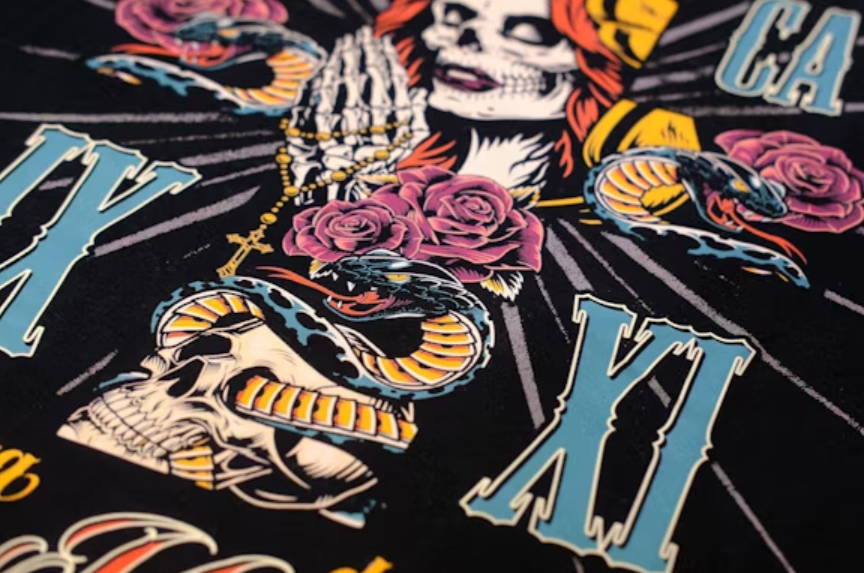
Can You Use DTF Ink in a Sublimation Printer?
❌ Why It’s a Bad Idea
A. Ink Chemistry Clash
B. Print Head Pressure Problems
C. No White Ink = No Game-Changer Prints
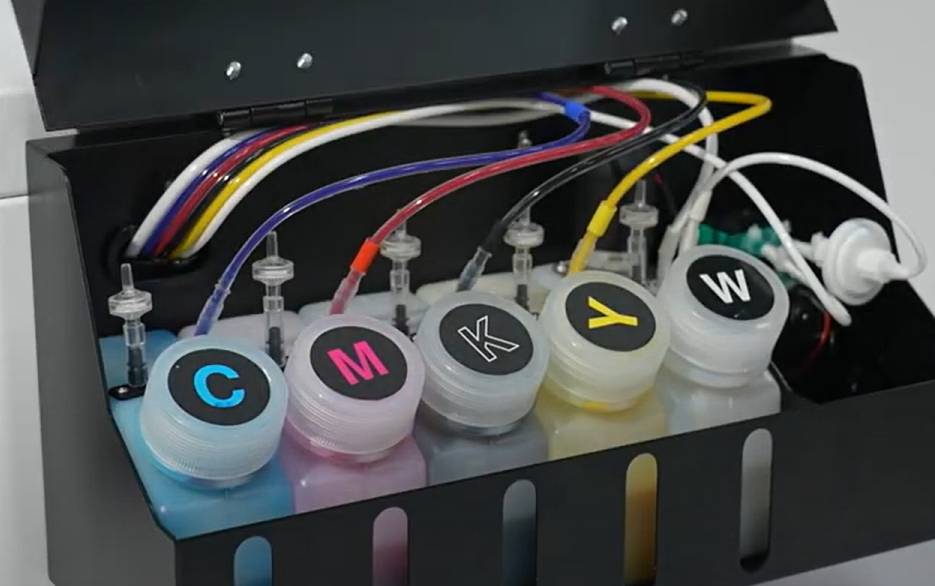
D. Media Mismatch Madness
E. Goodbye Warranty, Hello Repair Bills
If You Want to Do DTF Printing — Go with the Right Tools
✅ Why Procolored DTF Printers Make Sense for B2C Users
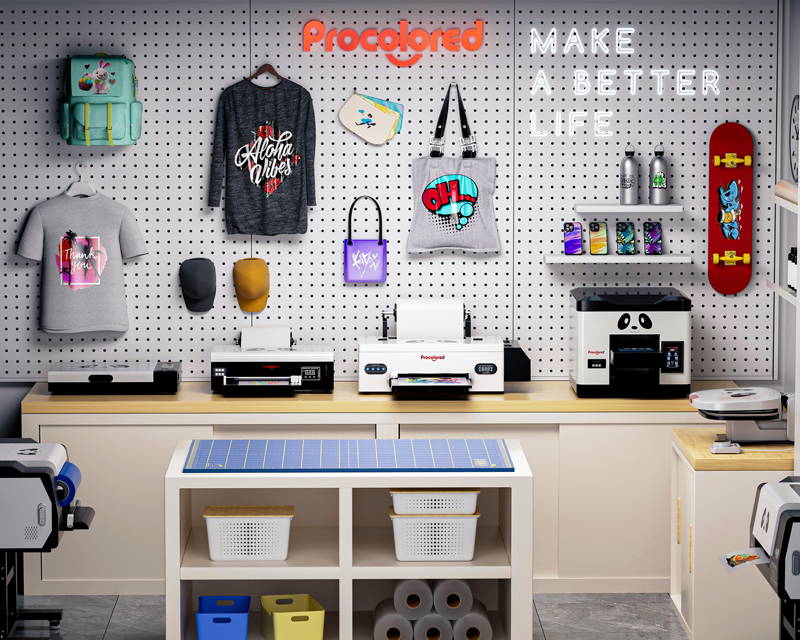
⭐ Featured Picks: Procolored L805 & L1800 DTF Printers
Comparing Costs & Results
❌
❌
✅ Yes
What Happens If You Try DTF Ink In Sublimation Printer?
Who Benefits Most from Switching to a Real DTF Setup?
Conclusion: Don’t Risk It — Choose the Right Tool
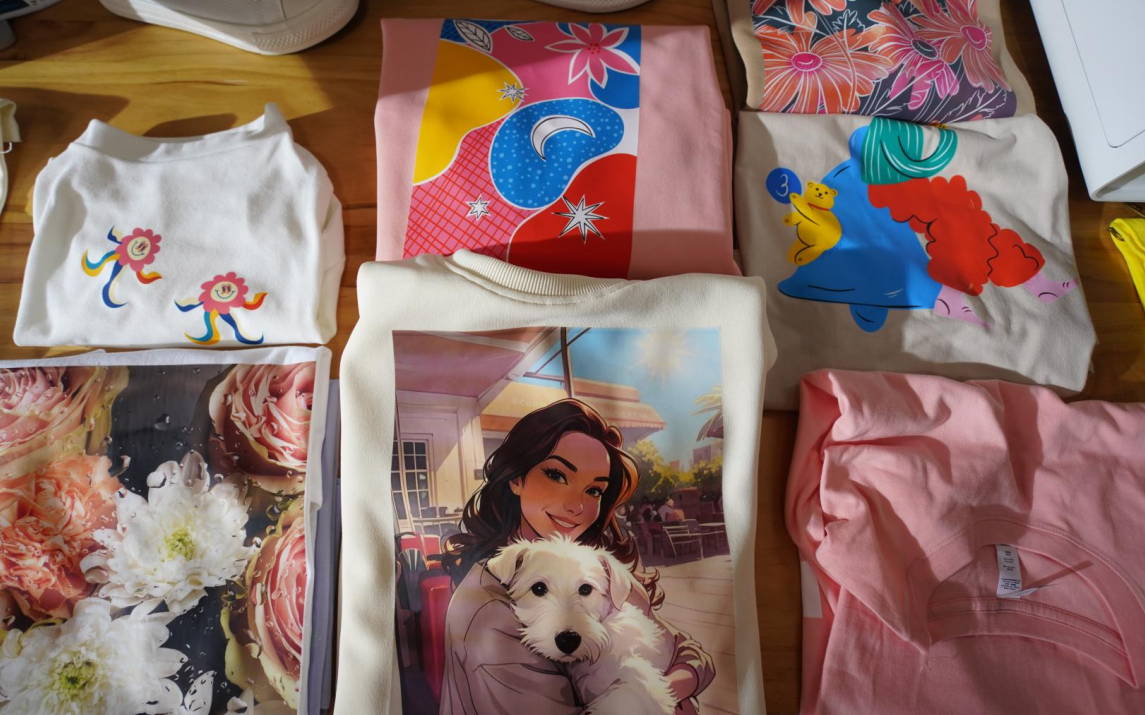

About the Author - Joyce
Joyce has worked with Procolored since the first day she joined inkjet printing career. Through continual training courses and years of working experiences, Joyce has formed a comprehensive understanding over Procolored products and a thorough knowledge of printing technologies.

About the Author - Joyce
Joyce has worked with Procolored since the first day she joined inkjet printing career. Through continual training courses and years of working experiences, Joyce has formed a comprehensive understanding over Procolored products and a thorough knowledge of printing technologies.
Subscribe
To join our mailing list
and never miss our updates!
Subscribe
To join our mailing list
and never miss a baby update!
Subscribe
To join our mailing list
and never miss our updates!

































